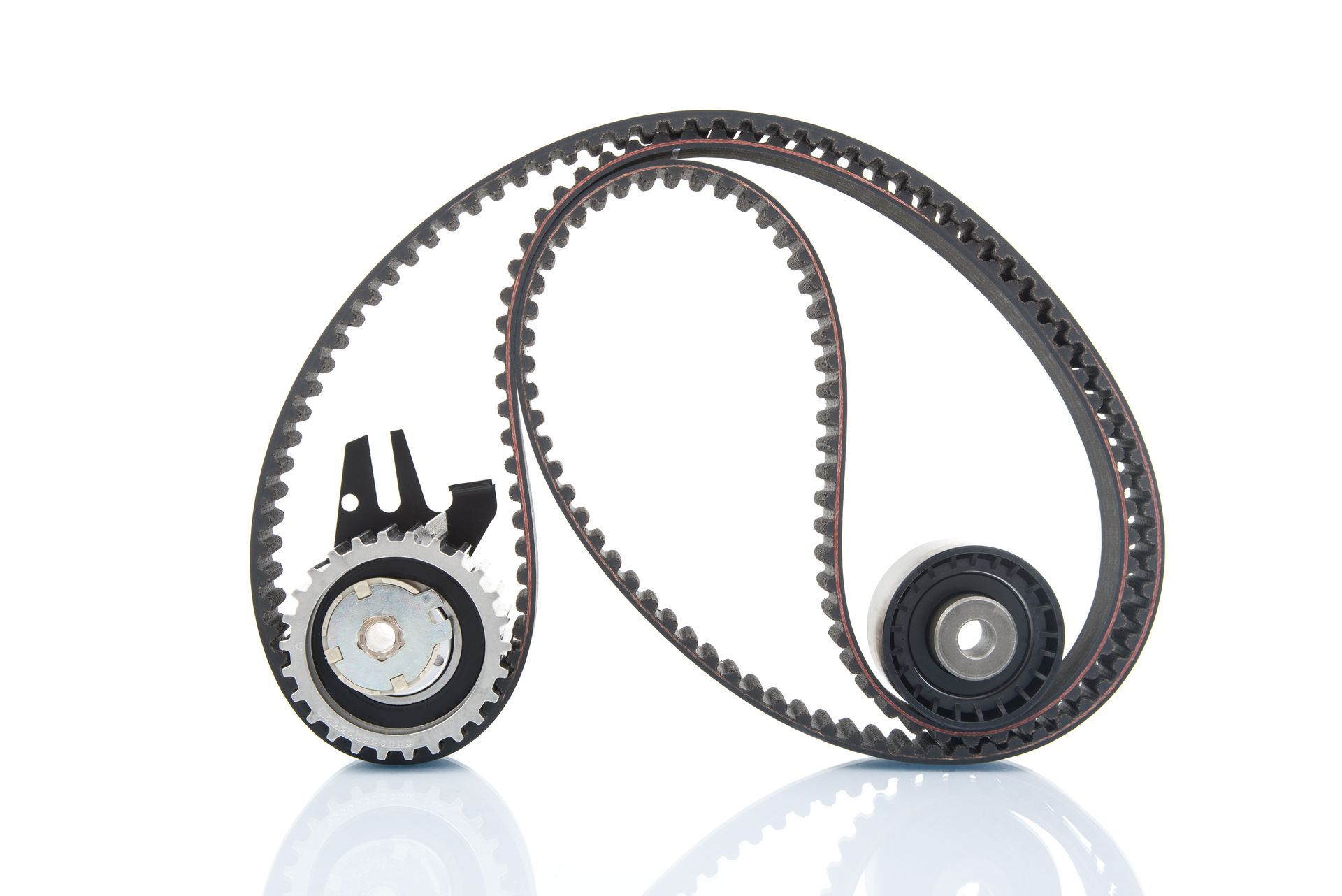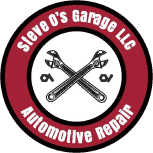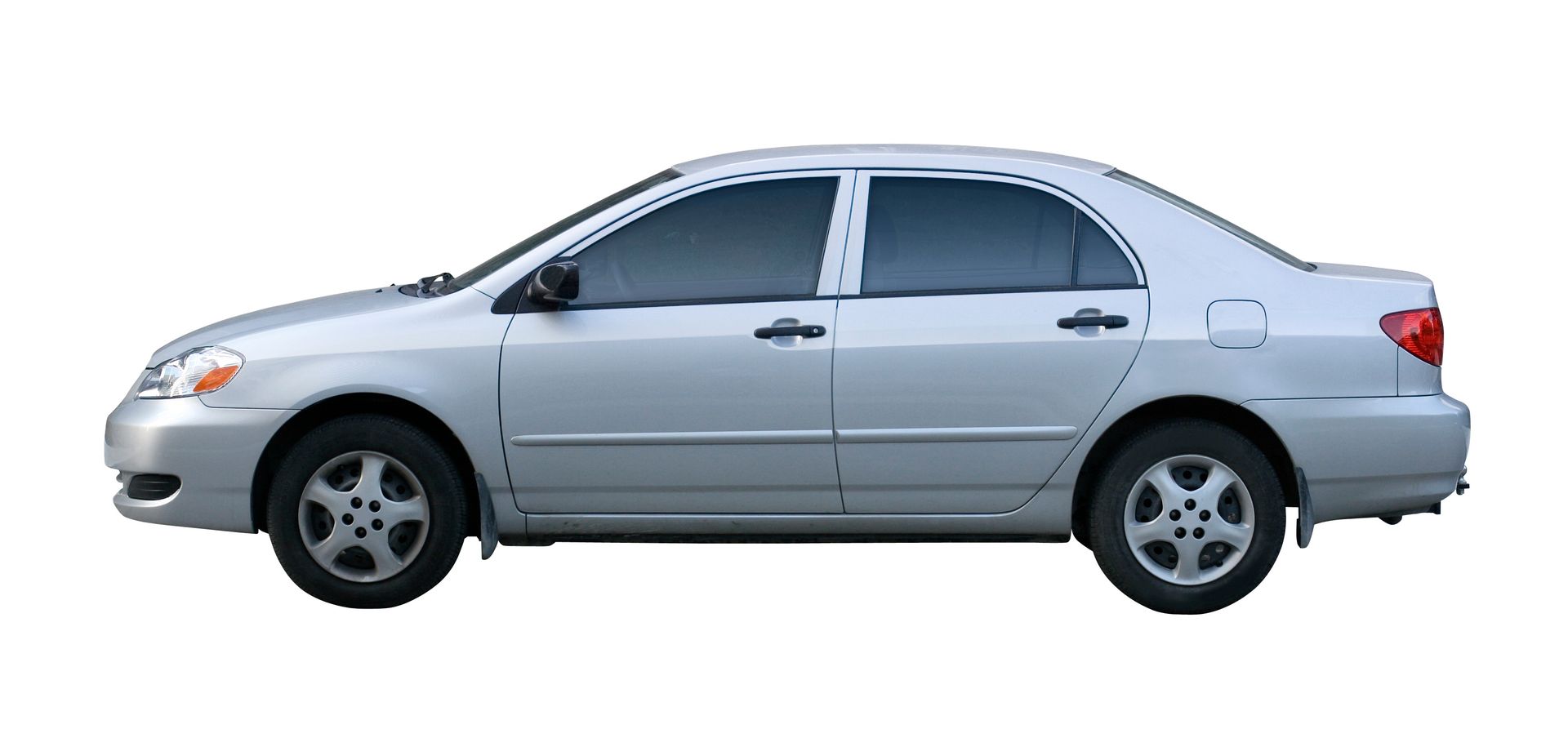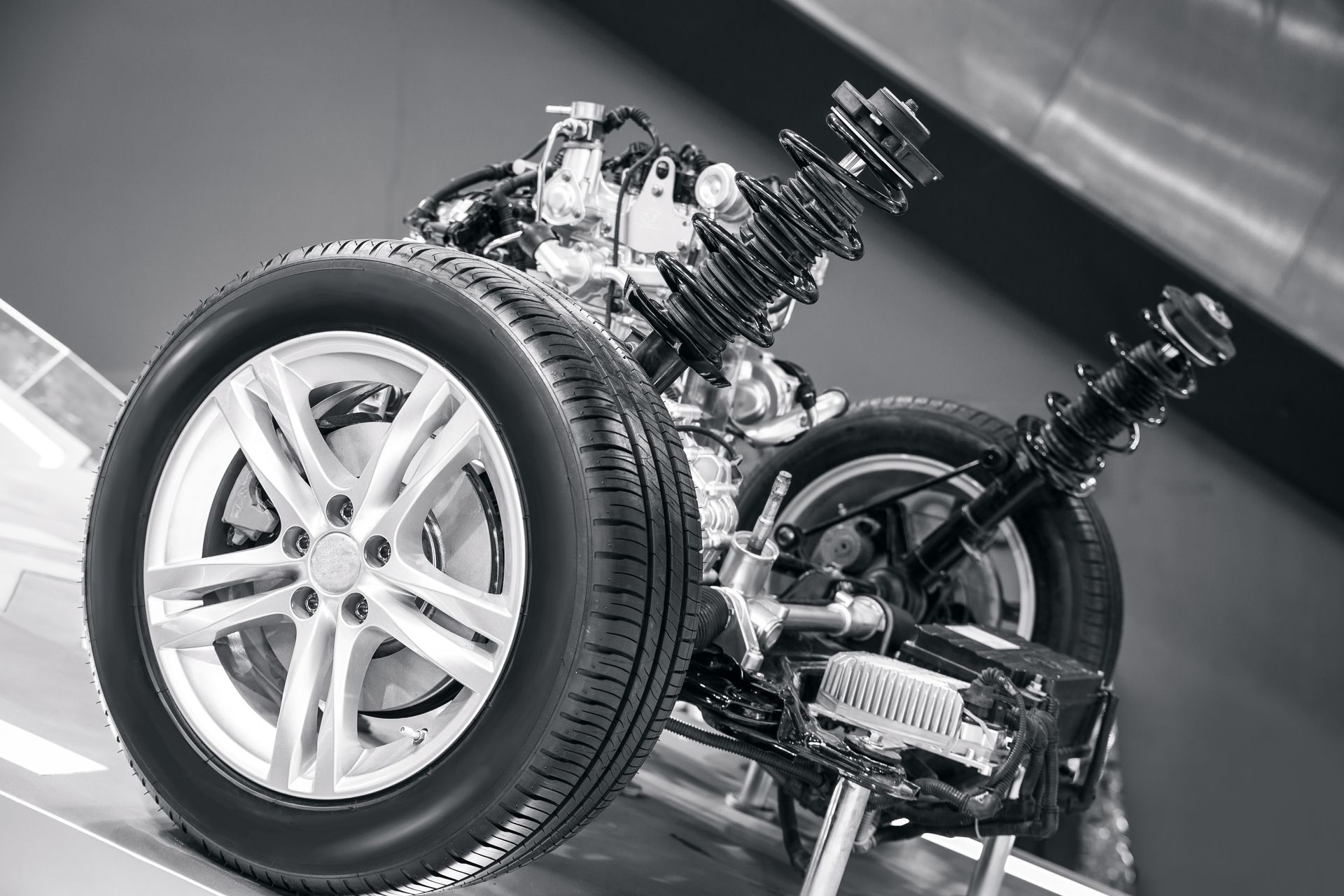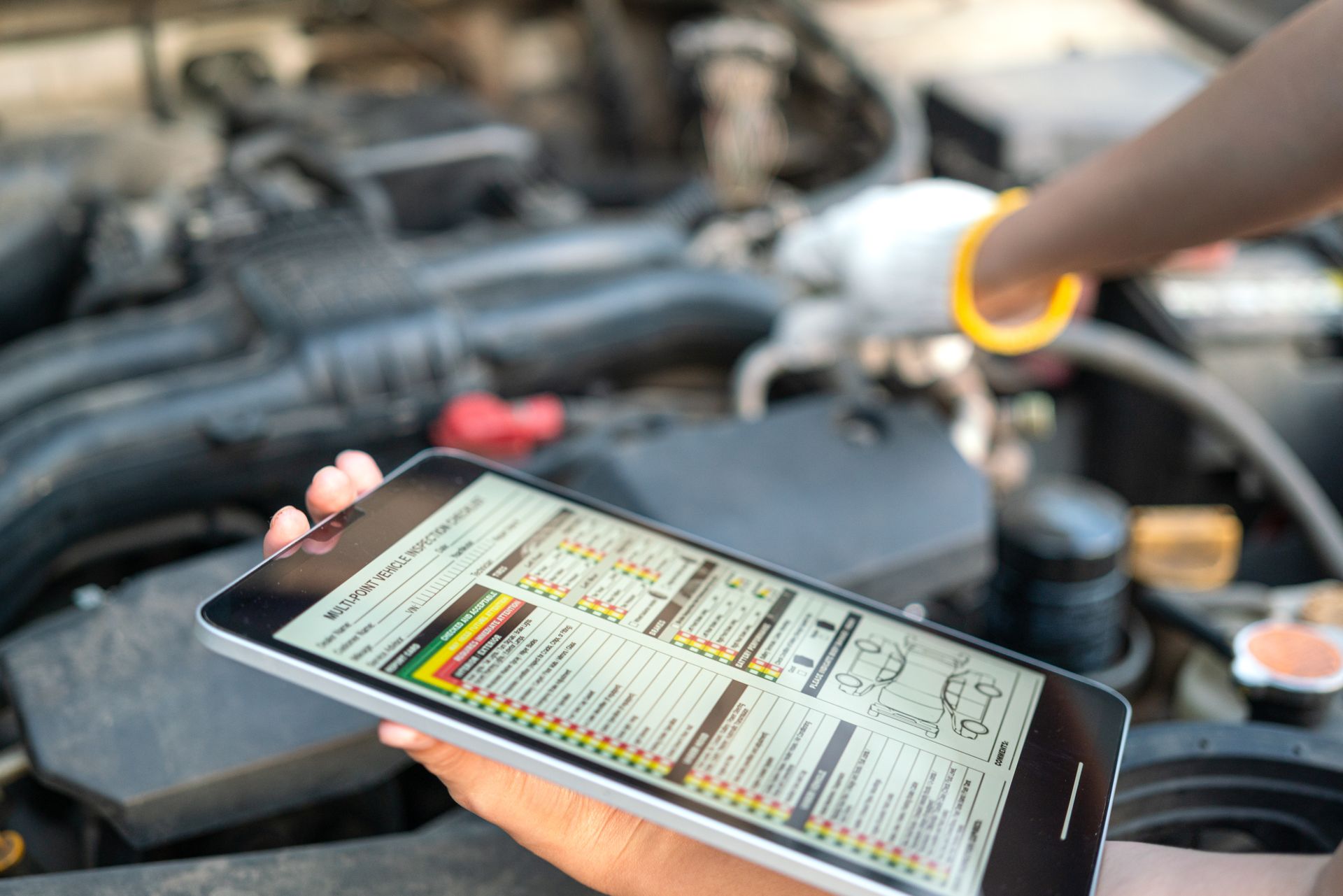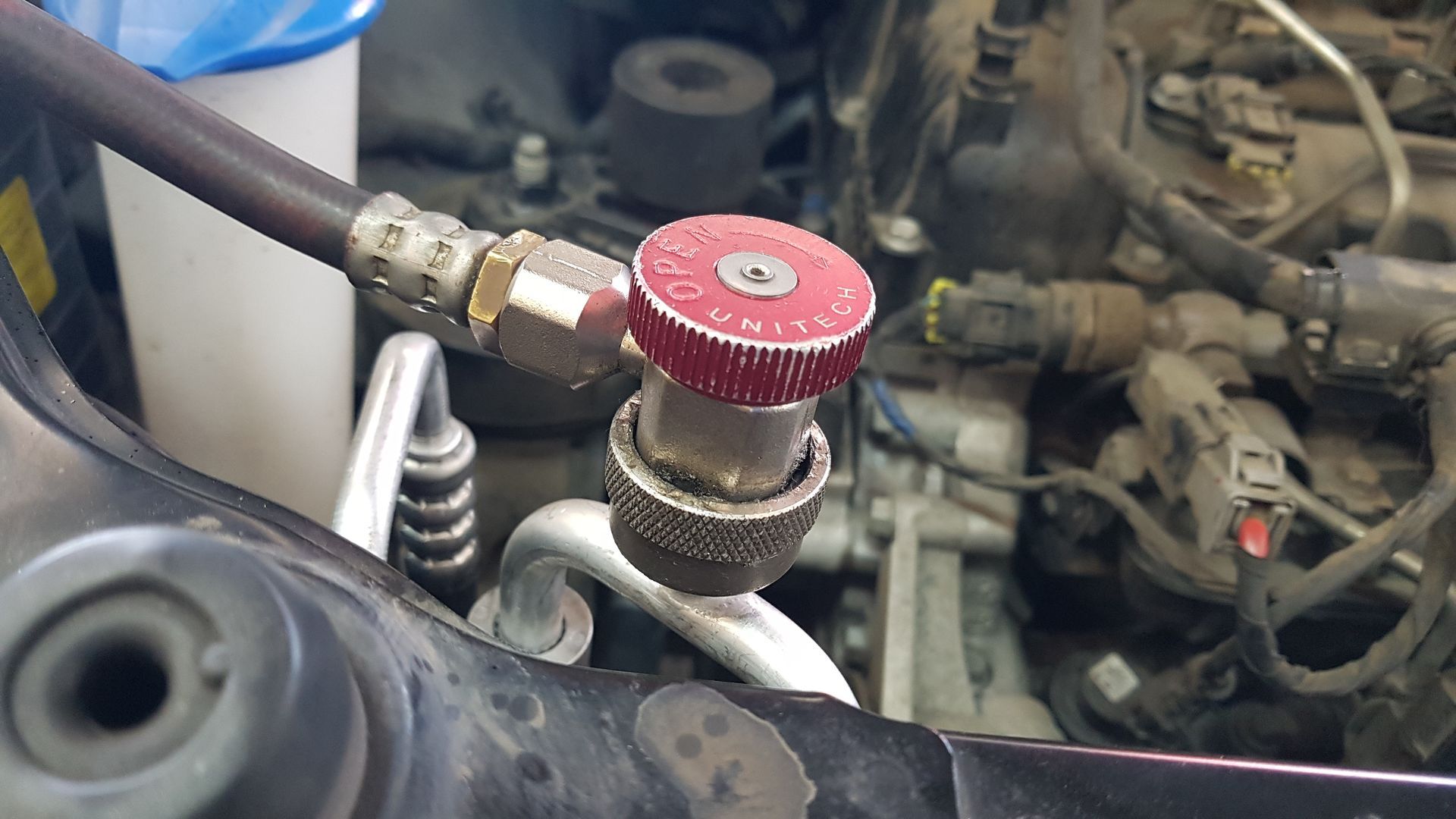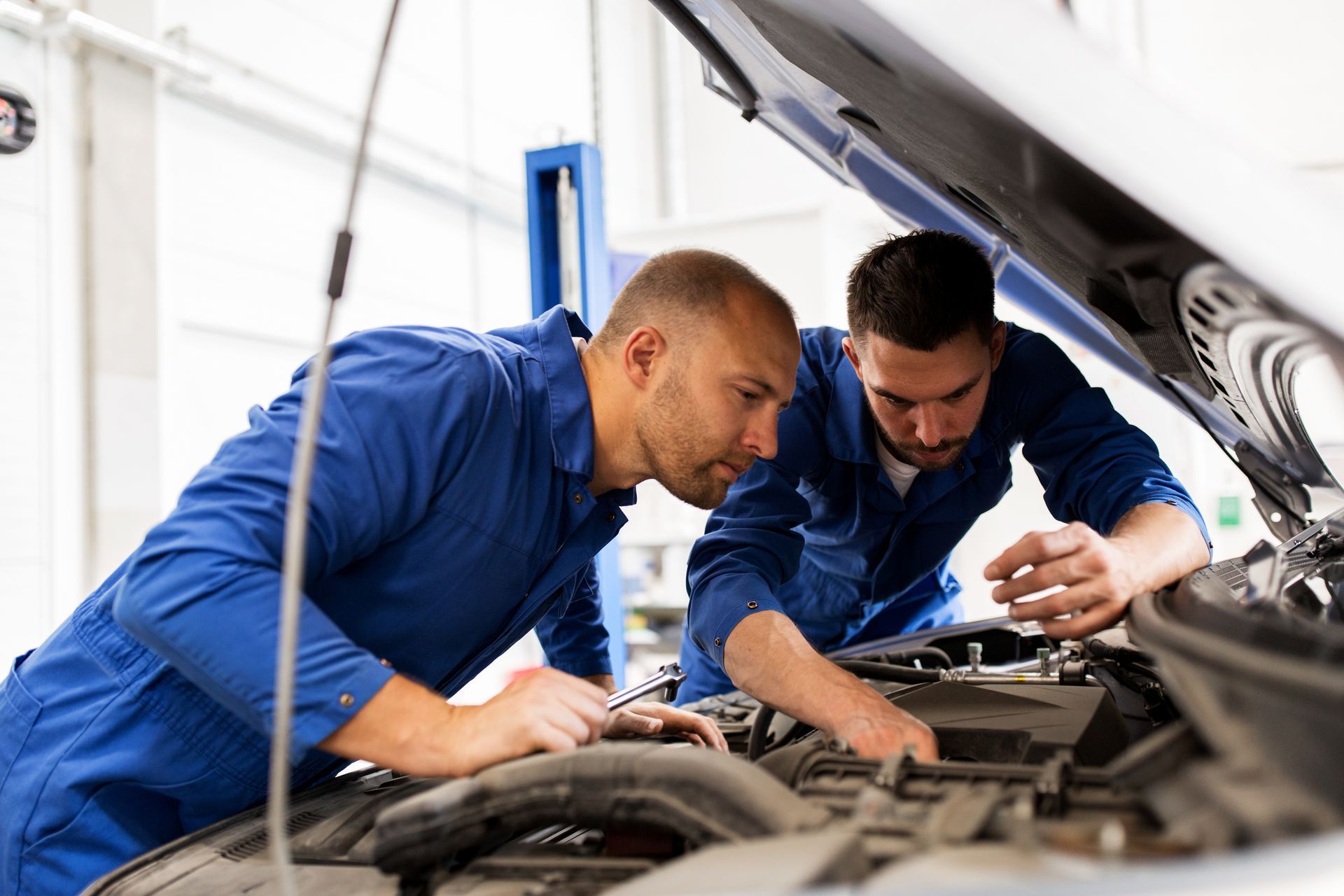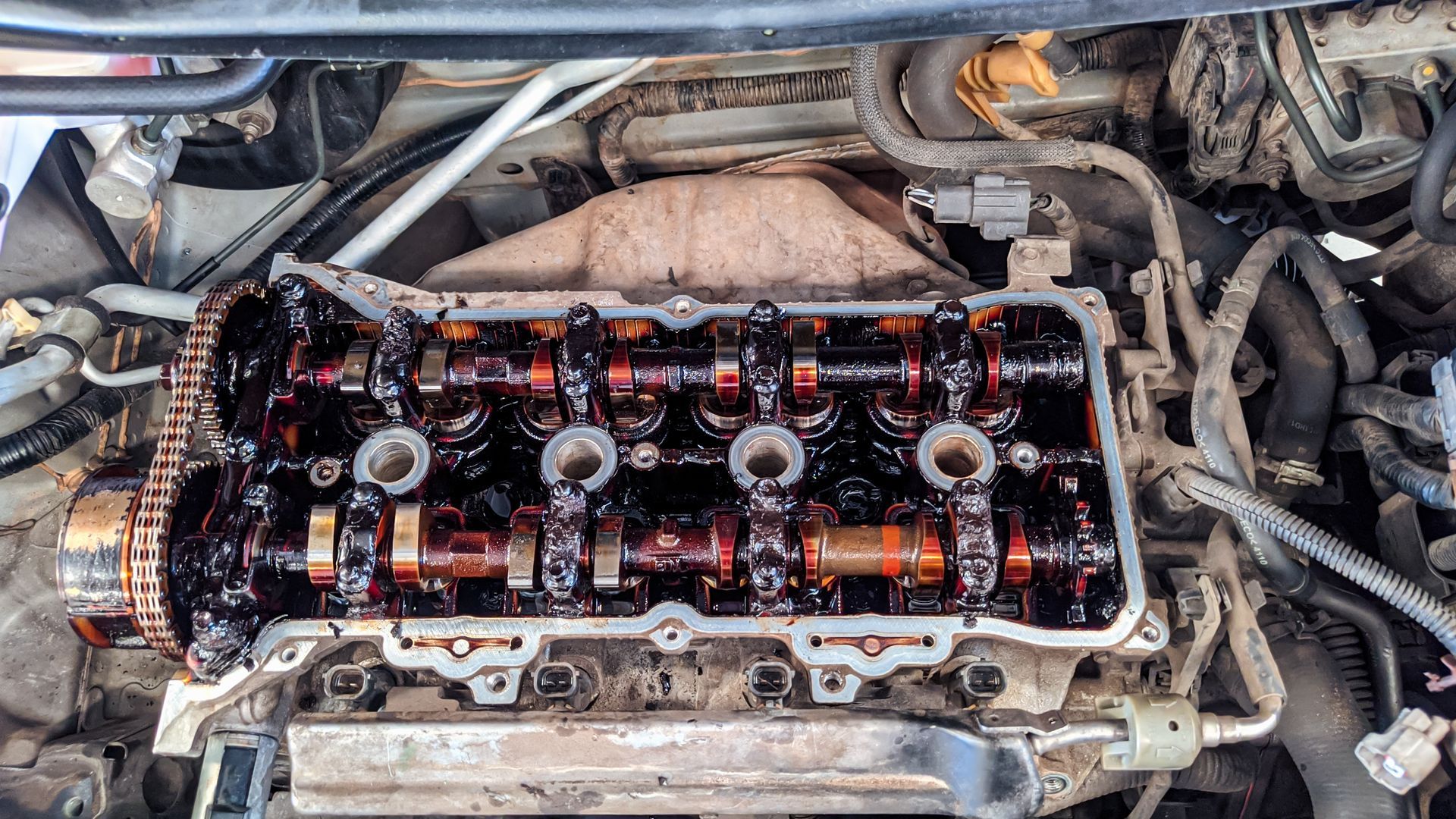Spring is the perfect season for road trips, but rising fuel prices can put a dent in your travel budget. Fortunately, with a few simple adjustments, you can maximize your car’s fuel efficiency and spend less time at the pump. From proper maintenance to smarter driving habits, here’s how you can make the most of every gallon before heading out on the road this spring.
Keep Your Tires Properly Inflated
Underinflated tires create extra rolling resistance, making your engine work harder and burning more fuel in the process. In fact, driving on tires that are just a few PSI below the recommended pressure can lower fuel efficiency by up to 3%.
Before setting off on your trip, check your tire pressure using a gauge and inflate them to the level recommended in your owner’s manual or the sticker inside the driver’s door. Properly inflated tires not only improve fuel economy but also enhance handling and safety.
Get an Oil Change
Fresh oil reduces friction in your engine, allowing it to operate more efficiently. Old, dirty oil creates more resistance, making the engine work harder and reducing fuel economy.
Using the right grade of oil is also important. Many newer cars require synthetic or semi-synthetic oil, which lasts longer and flows better in changing temperatures. Check your owner’s manual for the recommended oil type, and consider getting an oil change before embarking on a long trip.
Lighten the Load
Extra weight makes your engine burn more fuel, so take the time to clear out unnecessary items from your trunk or backseat. While road trips often require packing luggage, keeping things light whenever possible helps improve gas mileage.
If you’re not using a roof rack, cargo box, or bike rack, remove it before your trip. These accessories create extra wind resistance, which can reduce fuel efficiency by up to 25% at highway speeds. Storing luggage inside your vehicle rather than on the roof will help you save fuel and reduce wind drag.
Use Cruise Control on Highways
Constantly speeding up and slowing down wastes gas. On long stretches of highway, using cruise control helps maintain a steady speed, reducing unnecessary acceleration and braking. This results in better fuel economy and a smoother ride.
However, avoid using cruise control on hilly terrain, as it may cause your car to accelerate more aggressively than needed to maintain speed.
Plan Your Route and Avoid Unnecessary Idling
Traffic congestion and unnecessary detours waste fuel. Before heading out, use a navigation app or GPS to check for real-time traffic updates, alternate routes, and estimated fuel costs. Planning your stops and avoiding high-traffic areas can make a big difference in fuel consumption.
Idling also burns more fuel than you might think. If you’re waiting for someone or stopping for an extended period, turning off your engine can save gas. Many newer vehicles come with automatic start-stop technology, which helps reduce fuel waste at stoplights and in traffic.
Drive Smoothly and Avoid Aggressive Acceleration
Hard acceleration and sudden braking can reduce fuel efficiency by up to 30% on highways and 40% in city driving. Instead of racing from one stoplight to the next, accelerate gradually and anticipate traffic flow to avoid unnecessary stops.
Driving at a consistent speed and coasting to slow down when possible helps your engine work more efficiently, resulting in better gas mileage.
Use the AC Wisely
Arizona’s warm temperatures make air conditioning a must, but excessive AC use can put a strain on your engine, especially at lower speeds. At highway speeds, using the AC is actually more fuel-efficient than driving with the windows down, as open windows create wind resistance.
To maximize efficiency:
- Use the ventilation system when possible instead of full AC.
- Park in shaded areas or use a sunshade to keep your car cooler.
- Set the AC to recirculation mode to cool the cabin more efficiently.
Schedule a Tune-Up at Steveo’s Garage
Regular maintenance is key to improving fuel efficiency and preventing unexpected breakdowns on long trips. A professional tune-up can check your engine, filters, tires, and fluids to ensure everything is running efficiently before your road trip.
Planning a road trip? Make sure your car is fuel-efficient and road-ready with expert maintenance from
Steveo’s Garage in Peoria, AZ. Call now to book your service!
